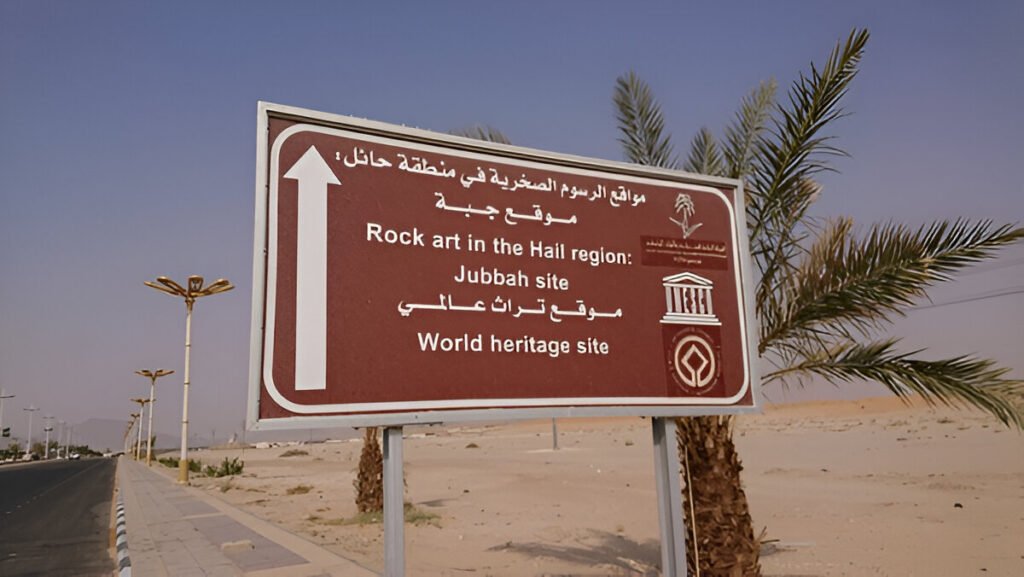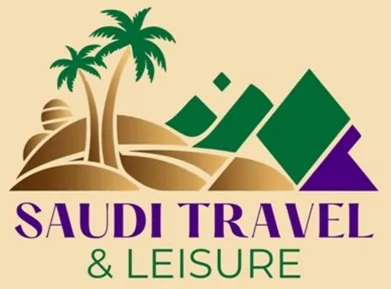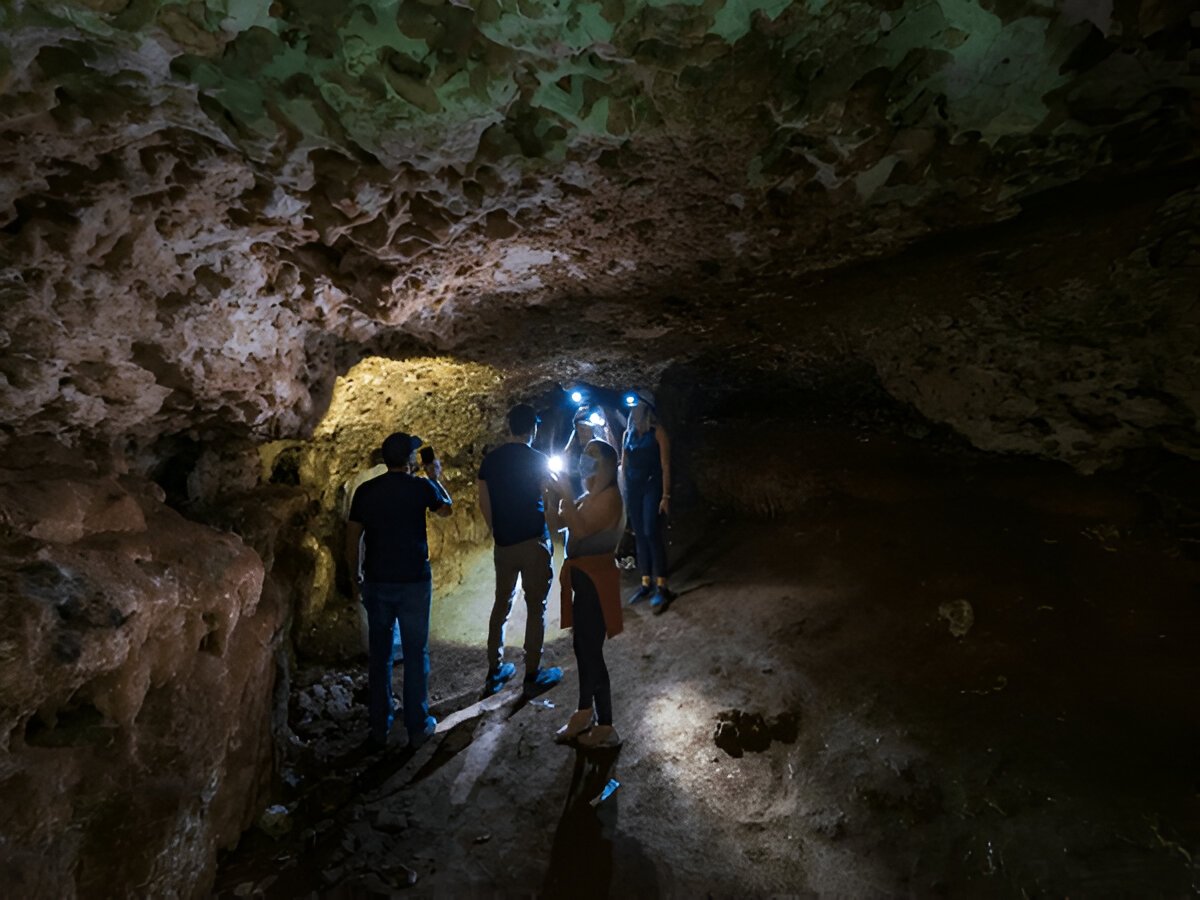Saudi Arabia is full of places that surprise first-time visitors. From ancient ruins to mountain towns and modern cities, the country has a wide mix of sights.
Saudi Arabia is more than deserts and oil. The country is opening to tourism, and it has many attractions that mix history, culture, and modern life. From ancient ruins to futuristic cities, Saudi Arabia is full of places that amaze travelers. Whether you want adventure, spirituality, or luxury, this guide covers the top 20 tourist spots in Saudi Arabia that you should not mis
Top 20 Tourist Spots in Saudi Arabia

1. Masmak Fortress, Riyadh
Masmak Fortress is one of Riyadh’s most iconic landmarks. Built in the 19th century, the fortress played a big role in the unification of Saudi Arabia. Its mud-brick walls, watchtowers, and huge wooden doors make it a fascinating site for history lovers. Inside, you’ll find exhibits, old photographs, and artifacts showing Saudi Arabia’s past. The fortress is located in the heart of Riyadh, making it easy to visit alongside nearby souks and museums. Visiting Masmak gives you a glimpse into the old Riyadh before skyscrapers and modern towers.
2. Al-Masjid an-Nabawi, Medina
The Prophet’s Mosque in Medina is one of the holiest sites in Islam. Millions of Muslims visit it every year. The mosque is known for its green dome, where Prophet Muhammad (PBUH) is buried. Its vast marble courtyard and minarets create a peaceful spiritual atmosphere. Non-Muslims cannot enter Medina’s sacred core, but Muslims from all over the world find deep meaning here. The mosque glows beautifully at night, making it one of the most breathtaking spots in Saudi Arabia.
3. Al-Ula and Hegra (Madain Saleh)
Al-Ula is a treasure of Saudi Arabia’s heritage. It is home to Hegra, the country’s first UNESCO World Heritage Site. The site is filled with rock-carved tombs, ancient inscriptions, and dramatic sandstone formations. Hegra dates back to the Nabataean Kingdom, the same civilization that built Petra in Jordan. Beyond the tombs, Al-Ula offers desert adventures, balloon rides, and cultural festivals. The mix of history and natural beauty makes Al-Ula a must-visit.
4. Diriyah, Riyadh
Diriyah is the birthplace of the Saudi state. Located just outside Riyadh, it has mud-brick palaces, winding alleys, and restored heritage sites. The most famous part is At-Turaif District, a UNESCO World Heritage Site. It was once the ruling center of the first Saudi dynasty. Today, Diriyah has become a cultural hub with restaurants, museums, and open-air spaces. Walking through its old streets feels like stepping back in time.
5. Al-Balad, Jeddah
Al-Balad is the old town of Jeddah. It is famous for its coral stone buildings and wooden balconies known as mashrabiyas. The area is a UNESCO World Heritage Site and gives a deep look into Saudi Arabia’s trading history. Walking through the narrow lanes, you’ll see colorful houses, old mosques, and bustling markets. Al-Balad is also the best place for traditional shopping and tasting local food. At night, the streets light up and give it a magical feel.
6. Edge of the World, Riyadh
The Edge of the World is one of Saudi Arabia’s most dramatic natural wonders. Located about 90 km from Riyadh, it is a massive cliff overlooking endless desert plains. The view stretches as far as the eye can see, making you feel like standing at the edge of the planet. Hiking and off-road trips are popular here. The sunset is especially breathtaking. It’s a perfect spot for adventure seekers.
7. Abha and Asir Mountains
Abha is a cool, green city in the Asir region. Unlike much of Saudi Arabia, this area has mountains, forests, and even misty weather. Abha is known for its cable cars, local markets, and colorful houses. The Asir National Park offers hiking trails, wildlife, and great viewpoints. Jabal Sawda, the highest peak in Saudi Arabia, is also here. This region is perfect for nature lovers and those who want a break from the desert heat.
8. Red Sea Coast
Saudi Arabia’s Red Sea coast is becoming a hotspot for luxury tourism. The crystal-clear water, coral reefs, and sandy beaches make it a paradise for divers and beach lovers. Future projects like The Red Sea Project will bring world-class resorts and eco-friendly hotels. For now, spots like Umluj, sometimes called the “Maldives of Saudi Arabia,” are already attracting travelers.
9. King Fahd Fountain, Jeddah
The King Fahd Fountain is the tallest fountain in the world. It shoots water up to 312 meters into the sky, higher than the Eiffel Tower. Located on Jeddah’s Corniche, the fountain looks stunning at night when it is illuminated. It has become a symbol of the city and is visible from miles away. Many people visit the Corniche just to enjoy the view of the fountain with a cool breeze from the Red Sea.
If you’re planning a visit to Riyadh, make sure you choose the right stay. Check out the best hotels in Riyadh for 2025 for a perfect experience
10. Najran
Najran is a city close to the Yemeni border, known for its unique architecture and history. The city has clay-brick forts, old villages, and date farms. Najran’s Al-Ukhdood archaeological site tells stories of ancient civilizations. The mix of desert, mountains, and greenery makes it a special place to explore. Najran also offers a taste of traditional southern Saudi culture, from food to handicrafts.
11. Qassim Region
Qassim is famous for its palm trees and traditional lifestyle. It is home to the world’s largest date festival. The region’s cities, like Buraidah and Unaizah, showcase Saudi heritage with markets, museums, and old neighborhoods. Qassim is also popular with travelers who want an authentic Saudi experience away from big cities.
12. Jeddah Corniche
The Jeddah Corniche is a beautiful seaside promenade. It stretches for several kilometers along the Red Sea. The Corniche has parks, sculptures, cafes, and walking tracks. Families love to visit in the evening for picnics, fishing, or cycling. The Corniche also gives stunning views of the Red Sea, especially at sunset. It’s a modern attraction that mixes leisure with scenic beauty.
13. Taif
Taif is known as the “City of Roses.” Located in the mountains, it has cool weather, rose gardens, and fruit farms. The annual Taif Rose Festival celebrates the city’s famous Damask roses. Visitors can explore old souks, traditional palaces, and mountain viewpoints. Taif is also famous for its local honey and fresh produce. It’s a refreshing escape from Saudi Arabia’s hotter regions.
14. King Abdulaziz Center for World Culture (Ithra), Dhahran
Ithra is a modern cultural landmark in Dhahran. The building itself has a futuristic design. Inside, you’ll find museums, libraries, cinemas, and art galleries. Ithra hosts international exhibitions, cultural events, and educational workshops. It’s a place where tradition meets innovation. For those interested in arts and learning, Ithra is one of the top attractions in Saudi Arabia.
15. Dammam Corniche
The Dammam Corniche is one of the most visited places in the Eastern Province. It has parks, play areas, cafes, and long walking paths along the Arabian Gulf. Families enjoy gathering here for relaxation and picnics. The Corniche also has modern sculptures and art installations, making it visually appealing. The sea breeze and calm environment make it a popular hangout spot.
16. Mada’in Shuwayb
Mada’in Shuwayb, also known as Al-Bada Valley, is an ancient site in northwestern Saudi Arabia. Local tradition connects it with Prophet Shuwayb (Jethro). The site has rock-carved tombs and structures similar to Petra and Hegra. It is surrounded by mountains and desert, giving it a mysterious and historic charm. Few tourists know about it, so it feels untouched and authentic.
17. Ha’il
Ha’il is a historic city surrounded by mountains. It is famous for rock art, some of which dates back thousands of years. The UNESCO-listed Jubbah rock carvings show ancient hunting scenes and animals. Ha’il is also known for its traditional forts, hospitality, and as a stop for desert expeditions. The city is linked with old caravan routes, adding to its cultural value.
18. Yanbu
Yanbu is a coastal city on the Red Sea. It is divided into Yanbu Al-Bahr (old town) and Yanbu Al-Sinaiyah (industrial city). The old town has traditional houses and souks, while the coast offers beaches and diving spots. Yanbu is popular for water sports, seafood, and relaxation. It is less crowded compared to Jeddah, making it ideal for a quiet coastal experience.
19. Tabuk
Tabuk is the gateway to northwestern Saudi Arabia. It has forts, old markets, and links to early Islamic history. The surrounding region is filled with natural beauty, including mountains, valleys, and beaches. Tabuk is also close to the Red Sea Project and NEOM, making it a key location for future tourism.
20. NEOM – The Line and Future City
NEOM is Saudi Arabia’s most ambitious project. It is a futuristic city being built in the northwest. The most famous part of NEOM is “The Line,” a 170 km linear city with no cars and no emissions. NEOM also includes luxury resorts, high-tech industries, and smart living spaces. While it’s still under development, it represents the future of Saudi Arabia’s vision for tourism and lifestyle.
FAQs About Tourist Spots in Saudi Arabia
What is the number one tourist attraction in Saudi Arabia?
Al-Ula, with its UNESCO World Heritage site Hegra and stunning desert landscapes, is considered the top tourist attraction in Saudi Arabia.
Can tourists visit Mecca and Medina?
Only Muslims are allowed to enter Mecca and Medina. Non-Muslims can visit nearby cities such as Jeddah or explore other historic sites like Diriyah and Al-Ula.
Is Saudi Arabia safe for tourists?
Yes, Saudi Arabia is generally safe for tourists. The government has invested heavily in tourism infrastructure and security. However, visitors should respect local laws and cultural traditions.
What is the best time to visit Saudi Arabia?
The best time is from October to March, when the weather is cooler and ideal for outdoor sightseeing. Summers can be extremely hot, especially in desert regions.
Do I need a visa to travel to Saudi Arabia?
Most travelers require a visa. Saudi Arabia now offers an eVisa for citizens of many countries, making it easier for tourists to visit.
What are the top cities to explore in Saudi Arabia?
The must-visit cities are Riyadh, Jeddah, Al-Ula, Abha, and Dammam, each offering a unique mix of modern attractions and heritage sites.
Are there beaches in Saudi Arabia?
Yes, Saudi Arabia has beautiful Red Sea beaches, especially in Jeddah, Umluj (often called the “Maldives of Saudi”), and along the coastline near Dammam.
What should tourists wear in Saudi Arabia?
Tourists should dress modestly. Women are not required to wear the abaya anymore, but clothing should cover shoulders and knees. Men should avoid shorts in public places.
Can I drink alcohol in Saudi Arabia as a tourist?
No, alcohol is strictly prohibited in Saudi Arabia for everyone, including tourists.
How many days are enough to explore Saudi Arabia?
A 7 to 10-day trip is ideal for exploring major cities like Riyadh, Jeddah, and Al-Ula, while longer trips allow for desert adventures and Red Sea experiences.
Final Words
Saudi Arabia is transforming into a major travel destination. From ancient ruins in Al-Ula to modern marvels like NEOM, the country offers something for everyone. Spiritual travelers will find peace in Medina, adventurers can hike the Edge of the World, and beach lovers can relax on the Red Sea coast. Each spot on this list tells a different story of Saudi Arabia’s culture, nature, and future. If you plan to visit, make sure to include some of these top tourist spots in Saudi Arabia in your itinerary.


![[GetPaidStock.com]-688eac2a1b2d9](https://sauditravelandleisure.com/wp-content/uploads/2021/01/GetPaidStock.com-688eac2a1b2d9.jpg)